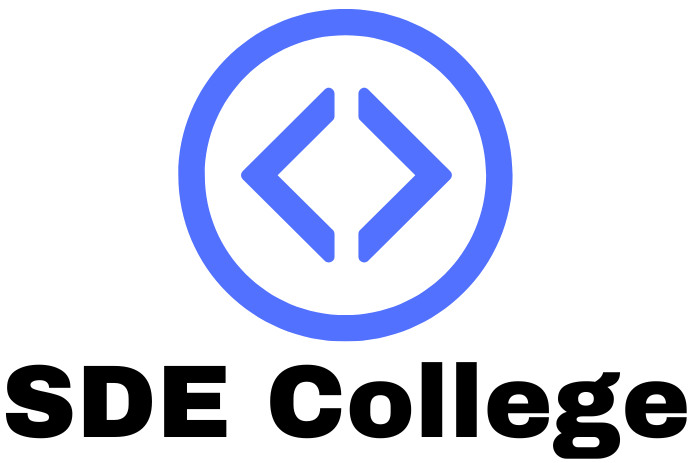How to Become a Web and Digital Interface Designer: A Comprehensive Guide
IntroductionIf you’re a creative individual who loves to design and create beautiful digital interfaces for the web, then you might consider making a career out of it as a web and digital interface designer. This comprehensive guide will help you understand the skills and knowledge you need to become a successful web and digital interface designer.
What Does a Web and Digital Interface Designer Do?
A web and digital interface designer is responsible for designing and developing user-friendly websites and applications by integrating graphic user interface (GUI) design principles with technical design guidelines. They create visually aesthetic and functional designs that are easy to use, look professional and make sure users get the most out of their experience when using the website or application.
As a web and digital interface designer, you’ll be responsible for creating and managing the visual identity of a company’s website, as well as any additional digital/online properties such as mobile applications, social media accounts, etc. It also covers other tasks such as researching and analysing user behaviour to develop ideas and strategies that optimise user experience and improve usability.
What Skills are Needed to Become a Web and Digital Interface Designer?
To become an effective web and digital interface designer, you’ll need a combination of technical and artistic skills. It’s important to understand that this field requires a lot more than just basic coding knowledge. In order to succeed in this field, you should have a good understanding of the following topics:
• Design Principles: You must have a good understanding of the basics of design principles, such as composition, colour theory and typography in order to create well-balanced visual designs. You will also need to understand how to apply these principles to digital spaces and understand their effect on user experience.
• User Experience Design: To create great web and digital interfaces, you’ll need to be able to identify user needs, observe user behaviour and translate those insights into design solutions. An understanding of basic user experience design principles and techniques is essential.
• Graphic Design: Good graphic design skills are essential for creating and delivering compelling visuals for websites and apps. You should have a good knowledge of the tools used for creating digital designs, such as Adobe Photoshop and Adobe Illustrator.
• HTML/CSS: A working knowledge of HTML and CSS is necessary for coding the visual elements of web pages.
• Coding: If you want to take your career to the next level, you should have a strong understanding of at least one programming language, such as JavaScript, PHP or Python. Depending on your specific skillset, you may also choose to specialize in a particular area, such as backend development or animation.
• Project Management: Project management skills are essential for being a successful web and digital interface designer. You need to be able to manage multiple projects, set and meet deadlines and interact effectively with clients and colleagues.
• Interpersonal Skills: As a web and digital interface designer, you’ll be required to communicate with clients, colleagues and stakeholders. Having strong interpersonal skills and the ability to explain complex technical processes in simple terms will be very helpful in this role.
What is the Job Outlook for Web and Digital Interface Designers?
The job outlook for web and digital interface designers is very positive and is expected to continue to grow at a healthy rate over the next 10 years. Professionals with the right blend of technical and design skills are highly sought after in this field and can expect to enjoy an ever-growing demand for their services.
Many companies are investing in web and digital interface design as a way of enhancing customer experience and increasing customer loyalty. In addition, the rising popularity of mobile devices has resulted in many businesses investing in mobile-friendly designs in order to reach a wider audience.
How to Get Started in Web and Digital Interface Design?
There are plenty of opportunities available in the field of web and digital interface design, and it’s a great career option for individuals with the right mix of technical and design skills. The best way to get started in this field is to develop a portfolio of work demonstrating your skills. You should focus on creating designs that showcase your knowledge of design principles and your technical expertise.
It’s also important to stay up-to-date with the latest trends and technologies in the industry. Networking with other professionals in the field is a great way to learn more about the industry and build your own contacts and resources.
Conclusion
Web and digital interface design is a rapidly growing field and there are plenty of opportunities available for creative individuals with the right skills and knowledge. If you’re passionate about design and have the technical and artistic skills needed to become a successful web and digital interface designer, then this field can provide a rewarding and fulfilling career path.












